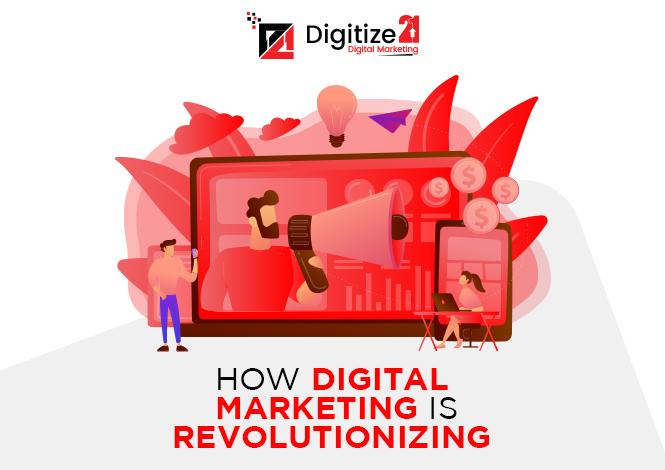In the fast-paced realm of digital marketing, the ability to measure Return on Investment (ROI) is crucial. As businesses invest substantial resources in online campaigns, understanding the effectiveness of these endeavors becomes paramount. In this comprehensive guide, we delve into the intricacies of measuring ROI in digital marketing, providing insights, strategies, and practical tips to empower businesses in making informed decisions.
I. Introduction: Decoding the ROI Dilemma
Unraveling the Complexity.
Digital marketing is a dynamic landscape, and assessing the returns on diverse strategies can be perplexing. The question arises: How do we quantify success in the ever-evolving digital space?
Posing the Challenge.
The modern marketer faces the challenge of deciphering the multifaceted metrics that determine ROI. What key performance indicators (KPIs) truly reflect the impact of digital efforts on the bottom line?
II. Understanding Key Metrics: A Deep Dive.
1. Traffic and Conversion Rates.
The foundation of ROI measurement lies in website traffic and conversion rates. Analyzing the flow of visitors and their subsequent actions provides a tangible starting point.
2. Social Media Engagement.
With the rise of social platforms, gauging engagement metrics becomes imperative. Likes, shares, and comments serve as vital indicators of digital presence and audience connection.
3. Email Marketing Effectiveness.
In the era of targeted communication, understanding the impact of email campaigns on lead generation and conversion rates is pivotal. Open rates, click-through rates, and subscriber growth are essential metrics.
4. Cost-Per-Click (CPC) and Cost-Per-Acquisition (CPA).
Budget allocation is a critical aspect of digital marketing. Evaluating the cost-effectiveness of campaigns through CPC and CPA metrics ensures optimal resource utilization.
5. Return on Ad Spend (ROAS).
Measuring the revenue generated in relation to advertising expenditure provides a clear picture of campaign profitability. ROAS is a vital metric for paid advertising initiatives.
III. The Art of Data Analysis: Navigating Complexity
Unifying Data Sources.
To accurately measure ROI, it’s imperative to integrate data from various sources. A consolidated view of analytics, social media insights, and sales data enhances the precision of assessments.
Utilizing Analytics Tools.
Sophisticated analytics tools play a pivotal role in unraveling the intricacies of digital data. Platforms like Google Analytics empower marketers to track and interpret user behavior comprehensively.
IV. Overcoming Challenges: A Strategic Approach
1. Attribution Modeling.
Addressing the challenge of attributing conversions to specific touchpoints, attribution modeling helps assign value to each interaction in the customer journey.
2. A/B Testing for Optimization
Deploying A/B testing methodologies enables marketers to refine strategies based on real-time data, fostering continuous improvement in digital campaigns.
V. Conclusion: Answers to the ROI Conundrum
As we navigate the digital marketing landscape, the question remains: How can businesses ensure a positive ROI amidst the complexity? The key lies in a strategic amalgamation of data analysis, metric interpretation, and adaptive strategies.
Providing Solutions.
Investing in advanced analytics, embracing agile methodologies, and fostering a culture of continuous improvement are essential steps toward maximizing ROI in digital marketing.
Feedback and Opinions.
In conclusion,understanding ROI in digital marketing isn’t about watching numbers; it’s an approach to strategically use data for growth. Through embedding advanced analytics, adopting continuous testing and operationalising insights in real-time, enterprises can turn the vast complexity around metrics into useful intelligence.
Getting to that maximum ROI point is a fusion of precision, flexibility and continuous improvement. In this constantly evolving digital paradigm, the capability to track as well as improve ROI is one of those make or break attributions for businesses because every dime spent in digital marketing should pave way towards standing strong and tall with a robust global growth graph.



